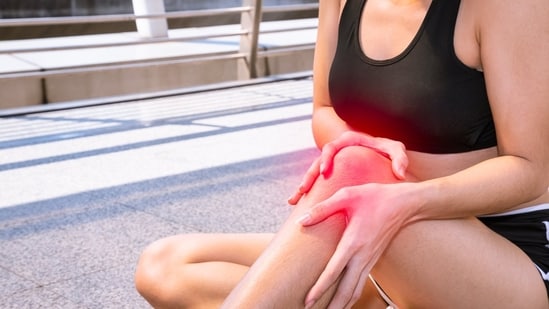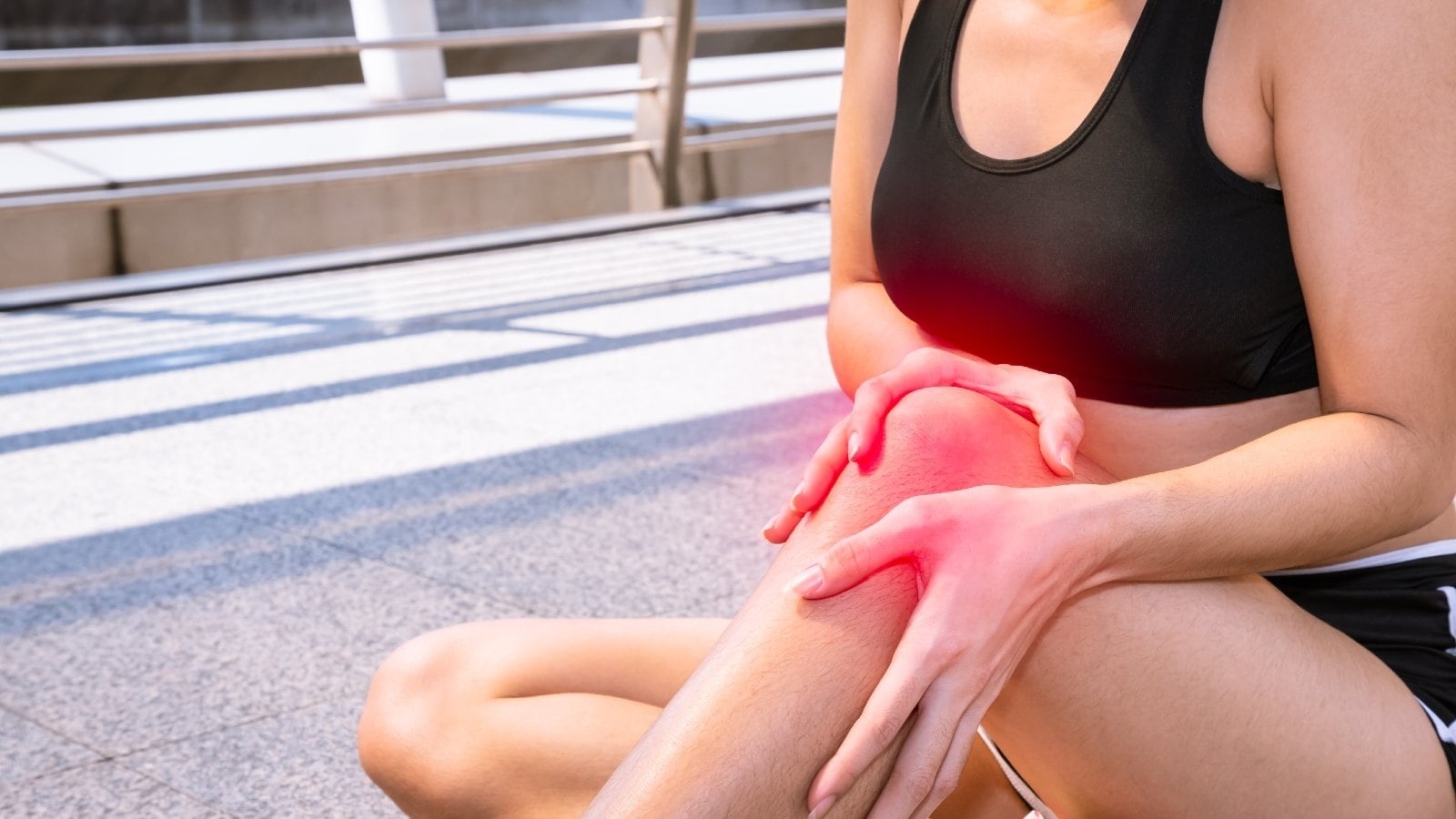Arthritis, a condition that causes inflammation and stiffness in the joints, affects millions of people worldwide, but it disproportionately impacts women. Studies show that women are nearly three times more likely than men to develop certain types of arthritis, such as rheumatoid arthritis (RA) and osteoarthritis (OA). But why is arthritis common in women?
 Women’s hormonal fluctuations and anatomy are key factors behind increased arthritis risk. Risk factors of arthritis in women
Women’s hormonal fluctuations and anatomy are key factors behind increased arthritis risk. Risk factors of arthritis in women
Dr Ashwani Maichand, Director, Department of Orthopedics at the CK Birla Hospital, New Delhi, says that by understanding why this happens, women can take proactive steps to protect their joint health. This will help them maintain their mobility and independence as they age.
1. Hormonal factors
Estrogen, the female hormone, plays a key role in maintaining bone and joint health. As women age, particularly after menopause, estrogen levels drop, leading to increased inflammation and joint degeneration. This hormonal imbalance makes postmenopausal women more prone to arthritis, Dr Maichand tells Health Shots.
2. Autoimmune predisposition
Women have a stronger immune response than men, which helps fight infections but also makes them more vulnerable to autoimmune diseases. “Conditions like rheumatoid arthritis and lupus, both autoimmune in nature, are far more common in women because their immune systems are more likely to mistakenly attack joint tissues,” he says.
3. Joint structure and biomechanics
Women generally have wider hips and more flexible joints, which alter body alignment and put additional pressure on the knees and hips. This makes women particularly susceptible to osteoarthritis of the knee, especially after weight gain or repetitive strain.
4. Pregnancy and childbirth
Pregnancy brings hormonal and physical changes that can temporarily loosen ligaments and increase joint stress. Repeated pregnancies, excessive weight gain, or inadequate postnatal care can contribute to long-term joint instability and discomfort, especially in the lower back, knees, and ankles, explains Dr Maichand.
5. Lifestyle and weight factors
Women are more likely to experience fluctuations in body weight due to hormonal cycles, pregnancy, and menopause. Excess weight puts added strain on weight-bearing joints, accelerating cartilage wear and tear. Additionally, sedentary lifestyles and a lack of muscle-strengthening activities can further weaken the joints.
How can women reduce arthritis risk?
According to Dr Maichand, lifestyle habits play an important role in reducing the risk of arthritis and joint problems in general. To maintain healthy joints, he suggests to do the following:
⦁ Maintain healthy weight: Even small reductions can ease pressure on the joints.
⦁ Stay active: Engage in low-impact exercises like swimming, yoga, or walking to keep joints flexible and muscles strong.
⦁ Eat anti-inflammatory foods: Include omega-3-rich fish, nuts, fruits, and leafy greens.
⦁ Protect your joints: Practice good posture and avoid repetitive strain.
⦁ Get regular check-ups: Early detection through joint exams and blood tests can help manage symptoms before they worsen.

